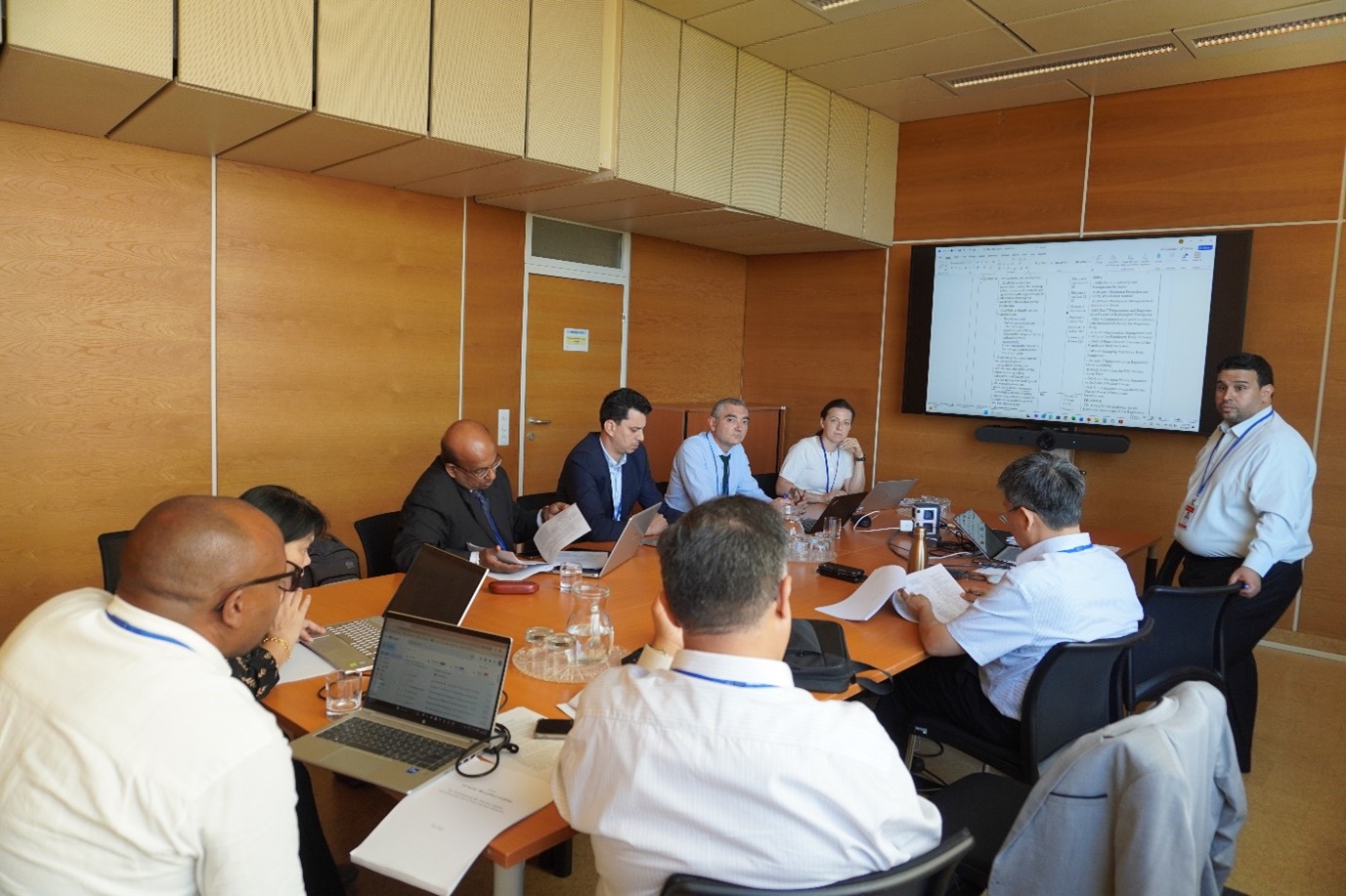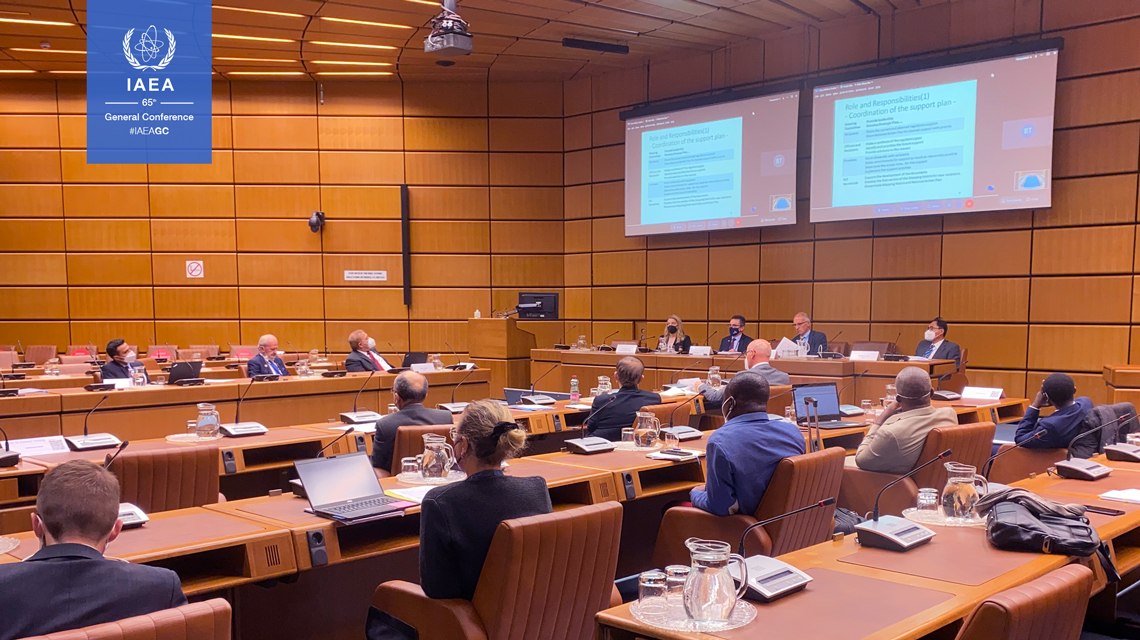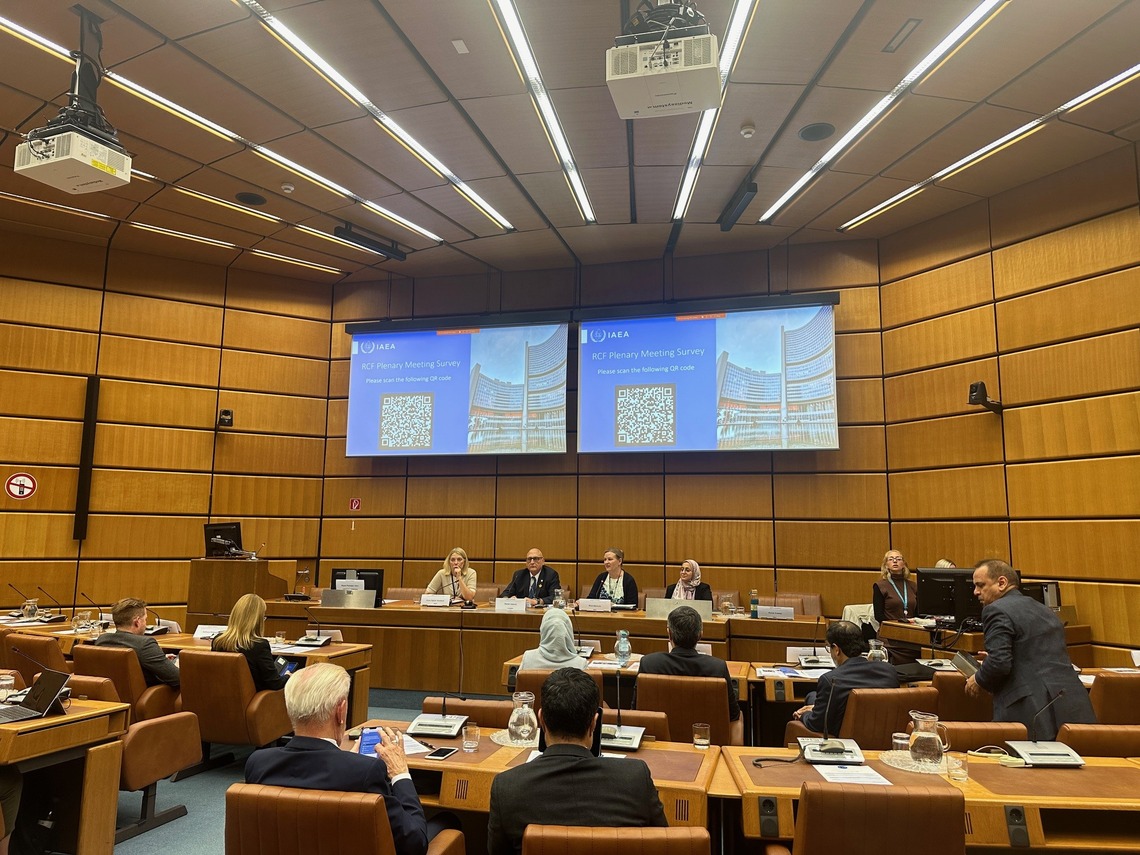An IAEA meeting on the Generic RoadMap project, which supports nuclear newcomer countries in developing nuclear safety infrastructure, highlighted the critical role of capacity building in sustaining national safety infrastructure.
“As countries look for ways to address their energy needs, nuclear power is attracting increasing attention,” said Anna Bradford, Director of the IAEA Division of Nuclear Installation Safety. “New modalities and initiatives are needed to support efforts to strengthen the global nuclear safety regime.”
The Generic RoadMap
Launched in 2020, the Generic RoadMap (GRM) is part of the IAEA’s efforts to strengthen nuclear safety infrastructure. The GRM guides countries embarking on a nuclear power programme with practical information on how to establish and maintain a comprehensive national nuclear safety infrastructure. This includes practical guidance and information on implementing actions recommended in SSG-16 (Rev.1) to establish and maintain the safety infrastructure for an initial nuclear reactor while meeting all applicable safety requirements.
The GRM is supported by training materials, peer review services and a series of topical publications that complement IAEA safety standards. These resources incorporate lessons learned, challenges identified and solutions implemented by countries that have embarked on or expanded nuclear programs.
Establishing and Integrating Safety Infrastructure
The draft GRM Safety Report, which provides guidance to member countries on meeting IAEA safety standards, was presented to global experts attending the event. The report takes a strategic approach that outlines priorities and associated tasks within a typical timeline from planning to operation. Discussions focused on how to establish and integrate safety infrastructure for a nuclear power plant programme, with presentations on all phases of nuclear reactor projects, from pre-planning to construction and operation.
Designed to be flexible and scalable, the report’s guidance addresses the needs of both embarking and expanding countries. Member countries with established safety infrastructure were encouraged to conduct a tailored gap analysis to ensure that safety measures are adapted according to their specific contexts.
“The GRM can be utilized by Member States at various levels of ‘nuclear maturity’ and across different phases to establish or enhance their nuclear safety infrastructure,” said Idris Yau Usman, the meeting's Co-chair and Chairman of the Nigerian Nuclear Regulatory Authority, adding that “it supports the integration of lessons learned, helps avoid common challenges and promotes the harmonization of international regulatory practices.”


